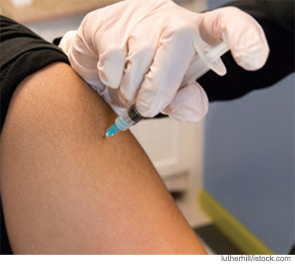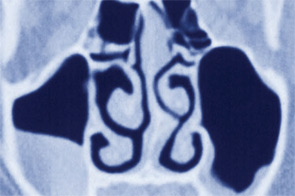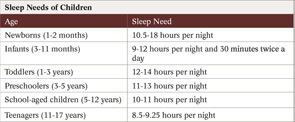With pediatric otolaryngology continuing to evolve, the American Society of Pediatric Otolaryngology (ASPO) is exploring subcertification in the field, saying it is specialized enough that it deserves recognition. The society has approached the American Board of Otolaryngology (ABOto) about the possibility and is working on defining the knowledge base that would be required for a physician to become subcertified as a pediatric otolaryngologist.






